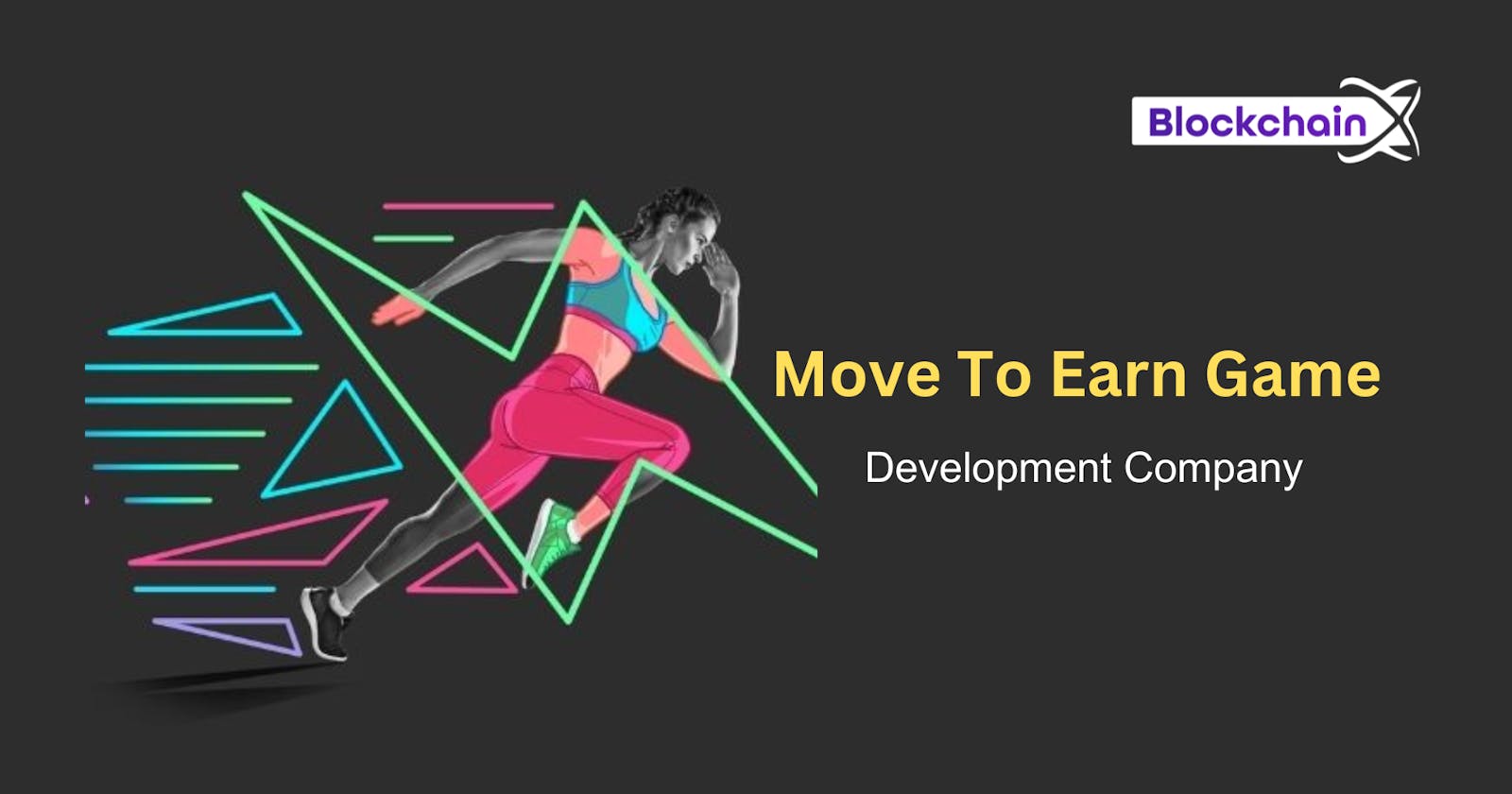
Introduction:
Move-to-Earn game development has emerged as a revolutionary concept in the gaming industry, reshaping the traditional gaming landscape by integrating blockchain technology and decentralized finance (DeFi) principles. This paradigm shift introduces a novel way for players to not only enjoy gaming but also earn real value by engaging with in-game assets and activities. In this exploration, we delve into the essence of Move-to-Earn game development, its key components, and the potential it holds for the future of gaming economies.
Understanding Move-to-Earn:
Move-to-Earn fundamentally alters the dynamics of gaming by enabling players to monetize their time and effort spent within the game environment. Unlike traditional games where the value generated by players remains confined within the game's ecosystem, M2E games empower players to convert their in-game achievements, items, and assets into tangible rewards, such as cryptocurrency or other digital assets.
Key Components of Move-to-Earn Games:
Blockchain Integration: Move-to-Earn games leverage blockchain technology to ensure transparency, immutability, and security in asset ownership and transactions. By recording all in-game activities and asset ownership on a distributed ledger, players can securely trade, sell, or transfer their virtual possessions outside the game environment.
Decentralized Economy: These games operate on decentralized networks, eliminating the need for intermediaries and centralized control. Decentralized finance (DeFi) protocols facilitate peer-to-peer transactions, enabling players to participate in a truly open and autonomous economy.
Play-to-Earn Mechanics: In M2E games, players are rewarded for their active participation and contributions to the game ecosystem. Whether it involves completing quests, winning battles, or acquiring rare items, every in-game achievement translates into tangible rewards, creating a symbiotic relationship between gameplay and economic incentives.
Asset Ownership: Unlike traditional games where players merely license virtual assets, Move-to-Earn game development grant true ownership of in-game assets to players. This ownership extends beyond the confines of the game, allowing players to trade, sell, or utilize their assets in various other applications and platforms.
Benefits of Move-to-Earn Game Development:
Financial Inclusion: M2E games offer a new avenue for individuals, particularly those in underserved regions, to participate in the digital economy and earn income through gaming.
Player Empowerment: By providing players with true ownership of in-game assets and rewarding their contributions, M2E games empower players to take control of their gaming experiences and financial destinies.
Sustainable Economies: The decentralized nature of Move-to-Earn games fosters resilient and self-sustaining economies, immune to the whims of centralized authorities or market fluctuations.
Innovation and Creativity: Move-to-Earn game development incentivizes creativity and innovation among developers, as they explore new ways to design engaging gameplay mechanics and economic systems.
Conclusion:
Move-to-Earn game development represents a paradigm shift in the gaming industry, ushering in a new era of player empowerment, financial inclusion, and decentralized economies. As blockchain technology continues to evolve and permeate various sectors, the potential for M2E games to reshape the gaming landscape and redefine the concept of play-to-earn is boundless. As we navigate this exciting frontier, one thing remains clear: the future of gaming is decentralized, democratized, and driven by the power of players.